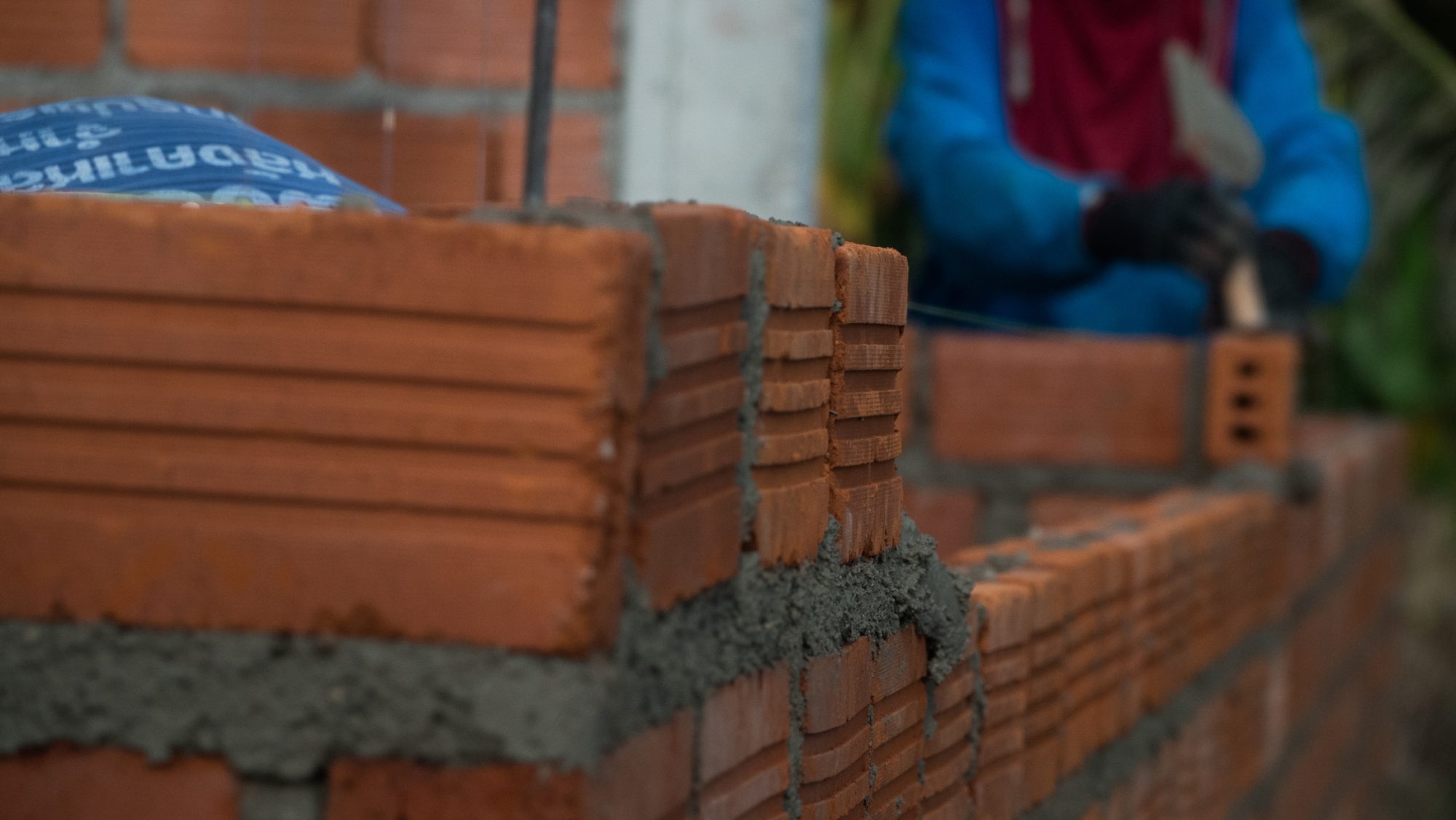The Glenigan Index has reported that construction project starts were weak in June, as performance remains sluggish across the sector amid price inflation, interest spikes and economic uncertainty
In June, the value of underlying work starting on site fell 5% against the previous three months.
Residential construction starts advanced by 10% in June
Residential construction experienced a slight upturn during the three months to June as starts advanced 10% but stood 40% lower than a year ago.
Private housing also increased, with starts increasing 17% against the preceding three months but weakening 46% compared with the previous year.
Social housing performance was the weakest, finishing 9% down on the preceding three months, dropping back 3% on 2022 levels.
Non-residential starts fell by 11% in Q2
The value of starts across non-residential sectors fell by 11% during Q.2, down 30% from a year ago, with most verticals experiencing a decline against the previous year.
Hotel and leisure increased by 2% against the preceding three months to stand 1% up on the previous year.
Industrial project-start performance was mixed. Although the value of starts increased by 1% during the three months to June, it remained 33% lower than a year ago.
In the health sector, the value of construction project starts fell by 22% against 2022 levels, but advanced by 51% against the preceding three-month period.
Office, retail and education also showed a fall in performance
In the month of June, office, retail and education starts fell by 38%, 14%, and 18%, respectively.
Civils work starting on-site dropped 40% against the preceding three months to stand 54% down on a year ago.
Infrastructure starts dropped 35% during Q.2, down 59% on the previous year’s figures.
Utilities starts also declined 44% against the three months to the end of June, finishing 45% down on a year ago.
Construction project starts weakened across nearly every UK region during the three months to June
In the North East and Northern Ireland regions, project start performance was mixed, increasing 18% and 15%, respectively, but slipping back 33% and 7% on 2022 levels.
The East of England also experienced mixed performance, increasing 31% but remaining 36% behind last year’s figures.
Wales suffered the heaviest fall, declining 46% against the preceding three months to stand 52% down on a year ago.
In Yorkshire, the Humber, and the East Midlands regions, the value of construction project starts decreased against the preceding three months and remained down on the previous year.
London and the South West weakened against the preceding three months, falling back 18% and 11%, respectively.
Both regions were down on the previous year, remaining 36% and 46% lower than a year ago.
Scotland was down against both the preceding three months (-9%) and the previous year (-27%).
This was also the case in the West Midlands, the South East, and the North West, which all crashed compared to both the preceding three months and previous year.
Despite a weak economic outlook, construction is predicted to return to growth in 2024
Glenigan’s economic director, Allan Wilen, said: “Further weakening in project-starts in the second quarter is disappointing but unsurprising, with a continued slowdown largely attributed to the UK’s stagnant economic situation, which will likely persist into the latter half of the year.
“The UK economic outlook remains weak, denting investor and consumer confidence further and consequently stifling private sector activity.
“Despite this, a modest residential project-start recovery is encouraging, which will be welcomed by many housebuilders, whose activity has stalled thanks to icy market conditions and a raft of new regulations.
“Whilst we’re not out of the woods yet, these nascent green shoots reflect the predictions made in our recent Construction Forecast, which expects the industry to return to growth in 2024 as UK economic prospects improve.”
He added: “The construction industry continues to be buffeted by strong headwinds with little sign these are going to calm down in the near future. As our latest forecast shows, the next six months will likely be turbulent ones.
“Upcoming interest rate hikes will further hinder projects moving to site, and we’re already seeing work falling back in the civil engineering sector with marked declines in both infrastructure and utilities.
“Whilst there are small signs of recovery in the long term, with positive private housing starts an example of stabilising conditions in some verticals, consumer and investor confidence still remains low, generally stifling activity in the here and now.”

















